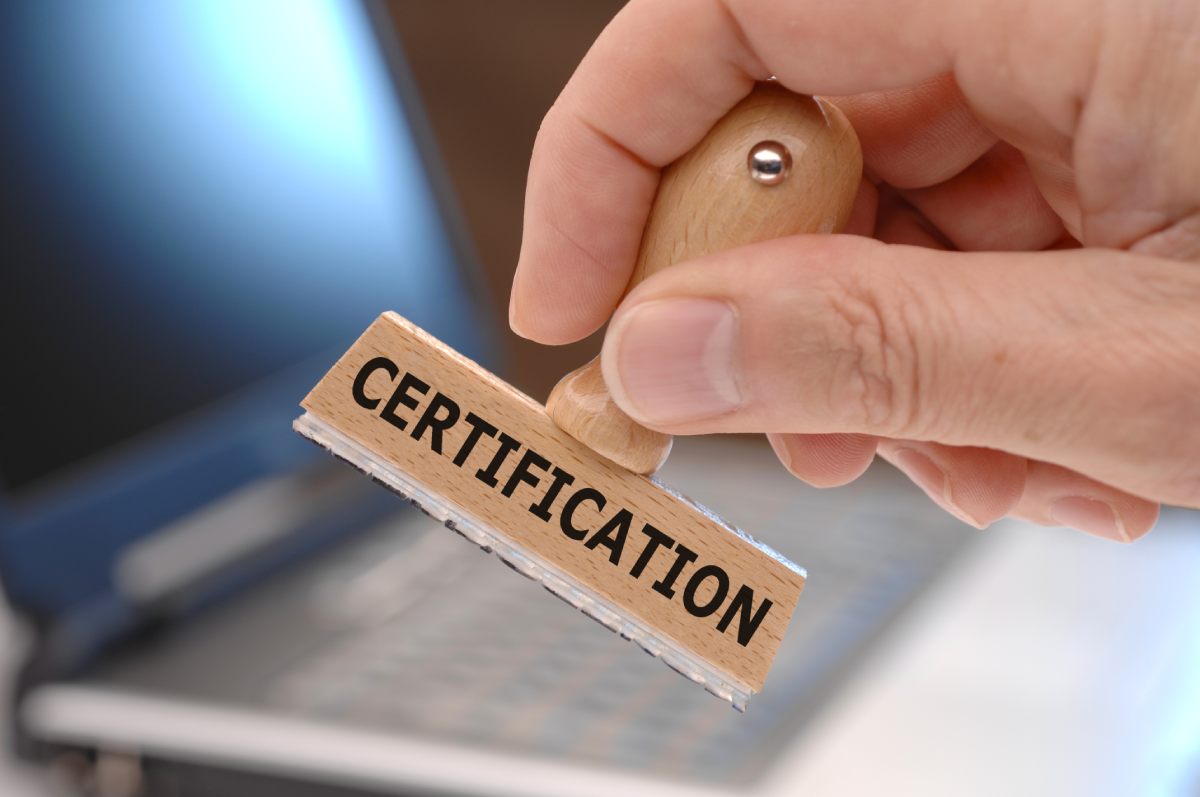5 Things That Every Proper Lead Training Course Should Entail
If you want to work around lead and particularly the renovation of homes or buildings which are likely to contain lead paint, you will need to become lead certified through the EPA. Part of this will involve attending an 8-hour training course which will tell you everything that you need to know about how to minimize the problems that lead can present.
At the end of these courses, you will be required to complete a test to ensure that you have been paying attention and learned the relevant material. However, there are a huge number of training courses available, and some of them are less than stellar, with some not even qualifying you to become certified. To prevent you from attending one of these it’s useful for you to know what you should be learning in a proper lead training course.
The Problems that Lead Represents
The first section in any lead training course will be about the problems that lead can have. If your course doesn’t talk about this first, it’s almost certainly not a reputable provider. For you to recognize what you need to do and to take it seriously, you must first understand the problems that lead can cause and why it’s a critical issue.
Lead can cause health problems in children and adults, including developmental delay, vomiting, permanently reduced IQ, sickness and even death in extreme cases of exposure. The main problem with lead is that you can get exposed to it through paint, which when it chips can be easily inhaled and therefore will cause a different range of problems.
To prevent against this, it’s necessary for workers like you to become fully certified and then work carefully to ensure that the exposure is minimized. Similarly, these lead particles can flow out of the building and cause people passing by to be exposed to the same health issues.
Government Regulations
You’ll also be required to learn about the specific regulations that govern the renovation of buildings which are likely to contain lead threats. The primary reason for this area of study is that as a worker you will often be the only person on the site who knows about the dangers of lead and therefore you might be responsible for ensuring that all workers and nearby pedestrians are safe.
As a result, the company will be relying on you to ensure that the business is following the government regulations to the letter. If they fail to do this the firm could be shut down and heavily fined for breaking the law.
What to Do Before Beginning Work
A lot of the efforts that you go to, to prevent lead exposure will take place long before you start breaking down walls or even stripping paint. Partly it will involve creating air channels for the dust and preventing it from seeping out of chimneys and windows where it could endanger those who are nearby.
Controlling Dust During Work
While you are working, you will also need to take precautions to control the dust. This might involve spraying water to keep the dust down or changing the flow of air so that it doesn’t become a problem. When the work is taking place, you will need to keep an eye on the dust at all times to make sure that you, your workers and others are safe from lead exposure.
Minimizing Exposure
As well as controlling the dust, you will need to minimize the exposure to those who are doing the work. In most cases, this will involve the use of ventilation masks, overalls and other protective clothing like goggles to ensure that lead doesn’t get onto the skin or flesh of those who are around the paint. Again, it will often be your responsibility to ensure that these regulations are followed, and therefore you must understand thoroughly how you can minimize the exposure of your team to lead.


